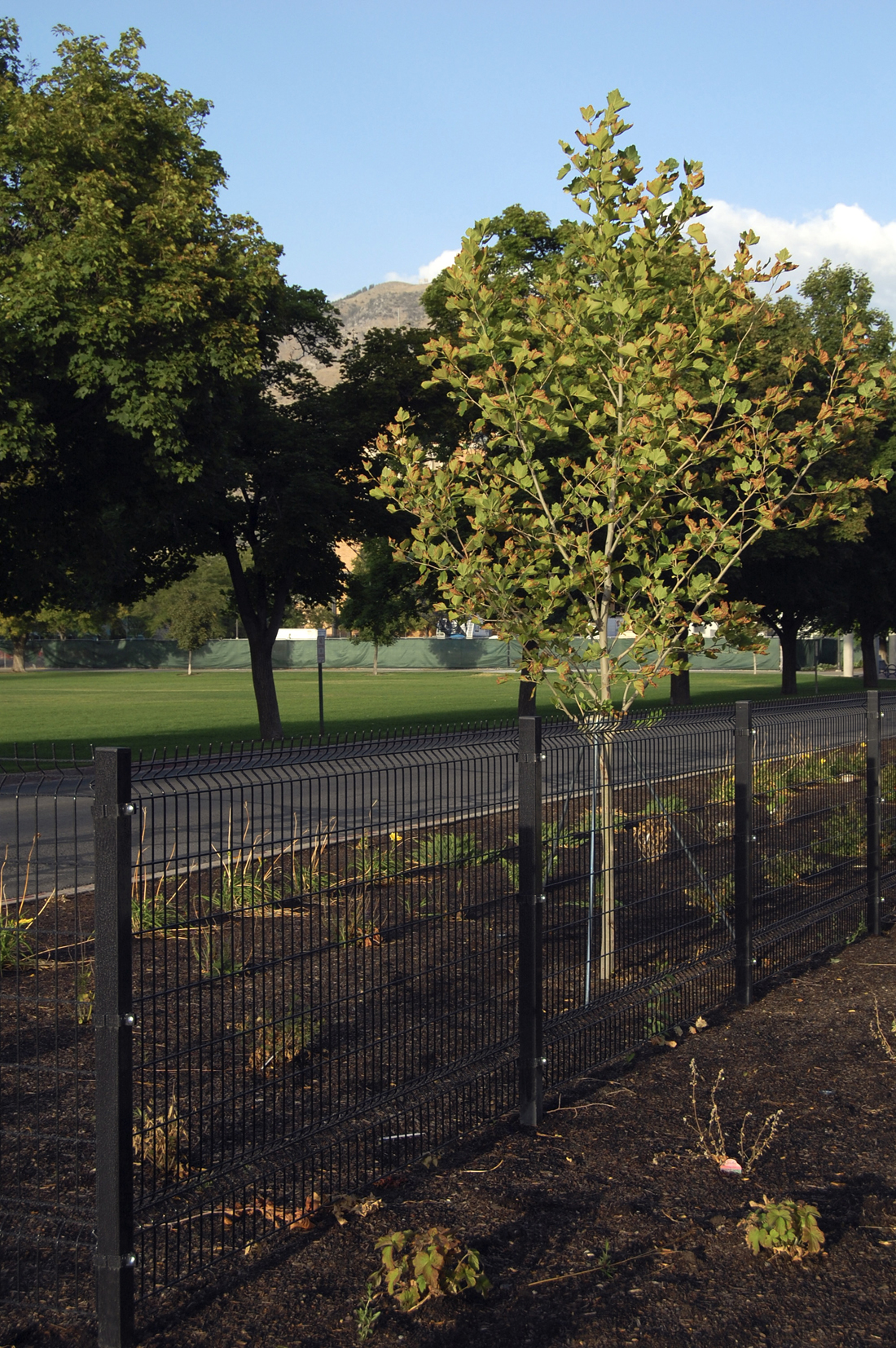Quad trees to be cut down for new species
The 80-year-old trees lining the quad will be cut down one-by-one as the USU Arboretum Committee and USU Executive Committee facilitate the installation of new trees.
Although the look of the Quad will change, it will be a gradual change.
“What we don’t want is there to be shock,” said Stanley Kane, university architect and director of facility operations.
The existing trees surrounding the Quad, which are Norway Maples, are starting to decay, which makes them dangerous, said Michael Kuhns, a member of the arboretum committe and the department of wildland resources.
“Lots of trees get in such bad shape before they die that they can’t be kept because they’re too dangerous,” Kuhns said.
However, a sudden, drastic change to the Quad could be upsetting, so the committee decided to make the change less abrupt by planting new trees before the old ones are removed.
This will allow the new trees a chance to grow and avoid a barren look on the Quad, Kuhs said. The new trees will be planted in between the old ones where there are currently no trees. On parts of the Quad, there will be a row of trees on either side of the sidewalk where there are currently trees on only one side.
Associate Vice President of Facilities Darrell Hart said there will be more trees at the end of the project than there are now, but “it should be a gradual process, and hopefully one that people will hardly notice.”
Kane said this approach will make removal of the older trees more costly, and they might have to remove light poles to keep “consistent spacing.”
Rather than replace the dying trees with more Norway Maples or varied species, the committee decide one species that would preserve the character of the Quad should be used, Kane said.
He said a big part of that character was the trees’ shape and canopy effect along the sidewalks. “We came to the conclusion that the space was so important to the character of the campus that it would be important to have trees that were all the same size and scale,” said Kane.
Therefore, the new trees will be London Planetrees, which Kuhns called an “arguably better tree.”
He said this type of tree is fast-growing, and may be a bad candidate to plant where there are a lot of people, but the London Planetree variety is an exception.
“It’s got good, strong limbs. It’ll get decay, but not as much as Norway Maple would,” he said.
Kane said from a maintenance point of view, the London Planetree is not the first pick because it does “shed a lot of seeds and the leaves are very large,” but the tree was still a good decision.
“It has a stronger geometry. It grows taller and branches out in a more symmetrical way,” he said.
The new trees will be set farther back from the sidewalk to allow emergency vehicle access if necessary.
New London Planetrees have already been planted on the South side of the Quad in front of the Ray B. West and Family Life buildings. The committee will continue planting trees over approximately the next ten years.
The Norway Maples will be pruned as the London Planetrees need more light, and eventually removed.
“It’ll be an experiment,” Kuhns said. The committe will always be looking to see if the trees become a hazard and will remove them if necessary.
Kane said students currently attending USU will see “maybe two phases of an eight-phase project.”
He said he hopes people can see the project as a sustainable one.
“It’s such a gradual transition that people can see what’s being done,” he said.
To find out more about the project and see the master plan go to www.usu.edu/facilities/planning. To find out more about the London Planetree and help select trees for campus, visit treebrowser.org.
– lauren.harper@aggiemail.usu.edu

